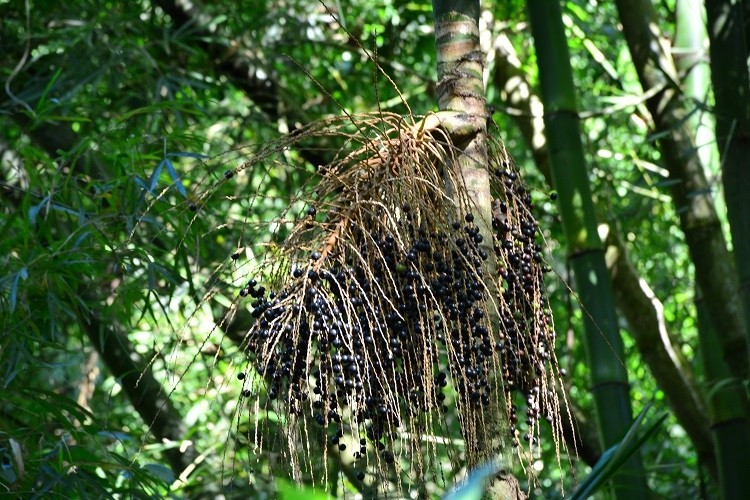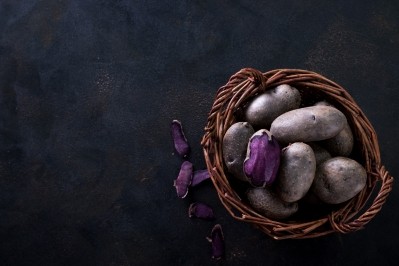Fermentation of Jussara fruit pulp may lead to new anthocyanin products

Bacterial fermentation could bioconvert cyanidin 3-glucoside and cyanidin 3-rutinoside, with the best results observed for Lactobacillus deubruekii ATCC 4796, according to findings published in the Journal of Food Composition and Analysis.
“To the best of our knowledge, this is the first study reporting the enzymatic potential of single strains of Lactobacillus and Bifidobacterium for bioconversion of anthocyanins from jussara pulp,” wrote researchers from the Federal University of São Paulo – UNIFESP and São Paulo State University – UNESP.
“[A]n increase in antioxidant activity was observed following the fermentation process, which shows a great application potential of these processes for developing new products using fruits containing anthocyanins.”
Similar to acai berries
According to background information in the journal article, Jussara (Euterpe edulis Mart.) is a Brazilian palm tree that produces fruit similar to acai berries.
Data from animal studies indicate that jussara supplementation may exert anti-inflammatory activity and improve glucose tolerance, and these benefits are linked to the polyphenol content of the berries.
“One way to standardize the beneficial effects of anthocyanins and their metabolites is to offer the population products fermented in controlled conditions, granting in this way that, even without the most health intestinal microbiota, the benefits will be provided by these regularly consumed products,” explained the researchers.
“Considering the great potential of jussara pulp, due to its of anthocyanins content and the ability of microorganisms to bioconvert these compounds, the objectives of this study were to screen Bifidobacteria and Lactobacillus strains for beta-glucosidase activity and to investigate their enzymatic potential for converting the main anthocyanins from jussara pulp into other metabolites.”
Study details
The São Paulo-based scientists tested nine strains, including Bifidobacterium dentium ATCC 27534, B. lactis CCT 7503, Lactobacillus acidophilus ATCC 4356, L. delbrueckii ATCC 4796, L. fermentum ATCC 15442, L. paracasei ATCC 335, L. plantarum ATCC 10012, L. rhamnosus ATCC 7469, and L. brevis ATCC 367. All of the strains produced at least two of the three key enzymes: alpha-galactosidase, beta-galactosidase, and beta-glucosidase.
Results showed that levels of cyanidin 3-glucoside decreased, with levels at the end of fermentation ranging from 0 to 3218 micrograms per 100 mL of medium fermented, while levels of cyanidin 3-rutinoside ranged from 4323 to 17191 micrograms per 100 mL. The best overall results obtained for L. deubruekii ATCC 4796.
The main enzymatic bioconversion product was protocatechuic acid. Antioxidant activity also increased following the fermentation process, said the researchers.
“According to the findings shown in this study, it is evident that enzymes produced by bacteria can transform anthocyanins from jussara pulp,” wrote the researchers.
“The metabolites generated from the bioconversion of cyanidin3-glucoside and cyanidin3-rutinoside must be further evaluated to determine the ideal degree of anthocyanin conversion to improve their bioacccessibility.”
Source: Journal of Food Composition and Analysis
Volume 69, Pages 162-170, doi: 10.1016/j.jfca.2017.12.030
“Lactobacillus fermentation of jussara pulp leads to the enzymatic conversion of anthocyanins increasing antioxidant activity”
Authors: A.R. Cavalcante Braga, et al.








